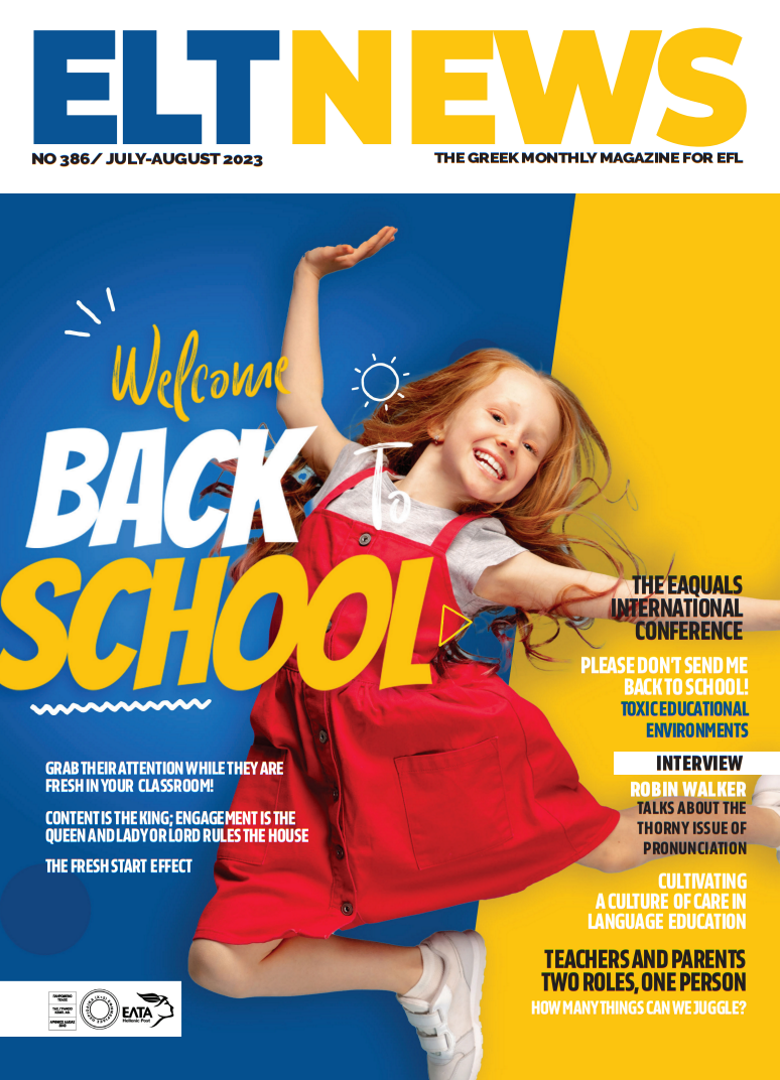Back to School: Navigating a Successful Return
The back-to-school season is an exciting time to prepare for a new academic year filled with language learning opportunities. To ensure a successful and engaging experience for both you and your students, it’s essential to have a well-thought-out plan in place. Let’s explore some practical tips and creative activities that can help you kickstart your classrooms, build rapport with students, and foster a love for language learning.
Tips for a Smooth Start
- Curriculum Review: Familiarize yourself with the curriculum guidelines and objectives for the upcoming year. Identify key areas to focus on and plan your lessons accordingly. Consider incorporating a mix of reading, writing, speaking, and listening activities to provide a comprehensive language learning experience.
- Organize Classroom Resources: Ensure that your teaching materials and resources are organized and easily accessible. This includes textbooks, supplementary reading materials, multimedia resources, and writing tools. A well-organized classroom promotes efficiency and maximizes instructional time.
- Establish Classroom Rules and Expectations: Collaboratively establish a set of rules and expectations with your students. This encourages a sense of ownership and mutual respect within the classroom. Clearly communicate these guidelines to create a positive and productive learning environment.
- Icebreaker Activities: Engage your students in icebreaker activities to help them get to know one another and build a sense of community. Consider activities such as "Find Someone Who" or "Guess Who" to encourage interaction and communication from the very beginning.
- Diagnostic Assessments: Administer diagnostic assessments to gauge students' language proficiency levels and identify their strengths and areas for improvement. This information will help you tailor your instruction and differentiate your lessons to meet their individual needs.
Text by: Anastasia Spyropoulou
Engaging Activities for Language Learning
- Literature Circles: Form small groups for literature circles, where students read and discuss a chosen novel or short story. Assign different roles to each student within the group, such as discussion leader, summarizer, or connector. This activity fosters critical thinking, collaborative skills, and a deeper understanding of literary works.
- Creative Writing Prompts: Provide students with stimulating creative writing prompts to spark their imagination and develop their writing skills. Encourage them to experiment with different genres, such as poetry, short stories, or descriptive essays. Showcase their work by creating a class anthology or hosting a writing celebration.
- Language Games and Puzzles: Incorporate interactive language games and puzzles into your lessons to make learning enjoyable. Games like "Taboo," "Scrabble," or "Bingo" can reinforce vocabulary, grammar, and speaking skills. Online platforms and mobile apps can also provide engaging language learning resources.
- Multimedia Projects: Assign multimedia projects that allow students to integrate technology and language skills. For example, students can create podcasts, videos, or presentations on topics related to literature, culture, or current events. This activity enhances their digital literacy and presentation abilities while practicing language skills.
- Debate and Discussion Sessions: Organize debate or discussion sessions on relevant and thought-provoking topics. Encourage students to express their opinions, support their arguments with evidence, and engage in respectful dialogue. This activity develops critical thinking, listening skills, and persuasive speaking abilities.
- Virtual Pen Pals: Connect your students with English-speaking students from other countries through virtual pen pal exchanges. This not only improves their written communication skills but also provides a cross-cultural experience and broadens their global awareness.
- Dramatic Readings and Role Plays: Encourage students to perform dramatic readings of texts or engage in role plays related to literature or real-life scenarios. This activity enhances fluency, pronunciation, and expressive reading skills while boosting students' confidence in using English.
- Vocabulary Building Activities: Incorporate fun vocabulary-building activities, such as word games, flashcards, or vocabulary journals. Encourage students to use new words in context, practice synonyms and antonyms, and explore word relationships. This strengthens their language skills and expands their lexical knowledge.
- Book Clubs: Form book clubs where students can choose books of their interest and engage in regular discussions. This encourages independent reading habits, critical analysis, and a love for literature.
- Collaborative Projects: Assign group projects that require students to work together to create presentations, newsletters, or posters on various English-related topics. Collaborative projects develop teamwork, research skills, and effective communication within the classroom.
Conclusion
By implementing these tips and activities, you can create a dynamic and stimulating learning environment that nurtures students' language skills, fosters their creativity, and inspires a lifelong passion for English.
